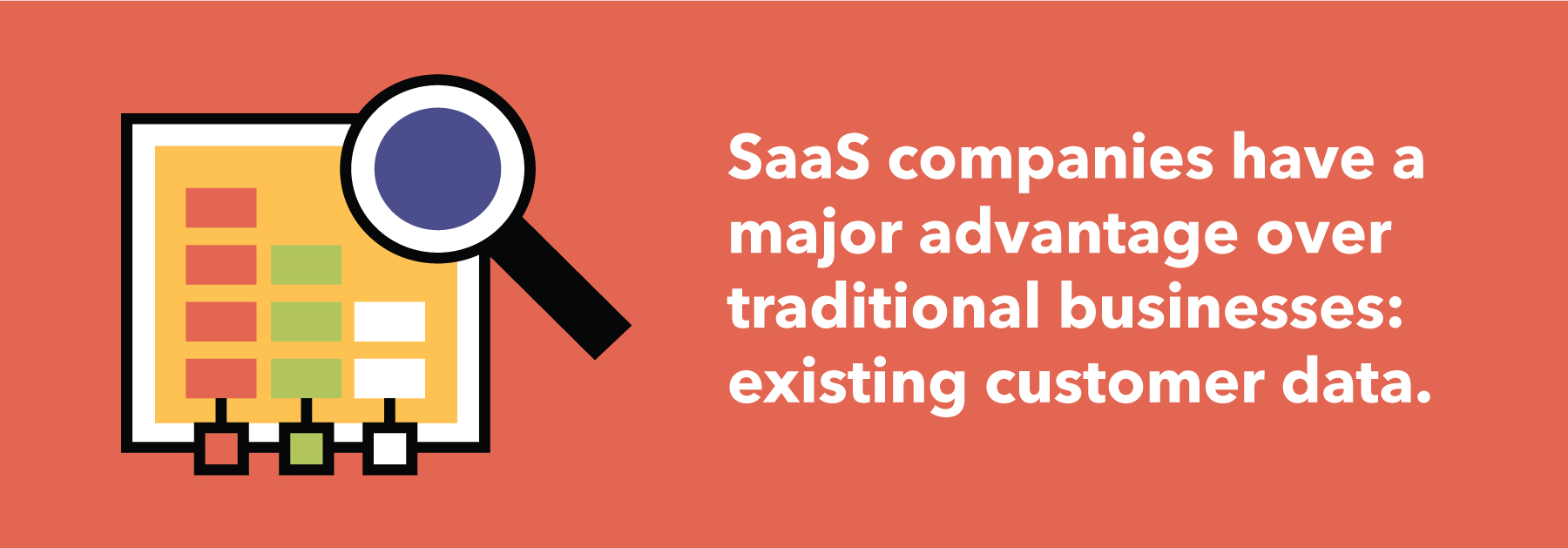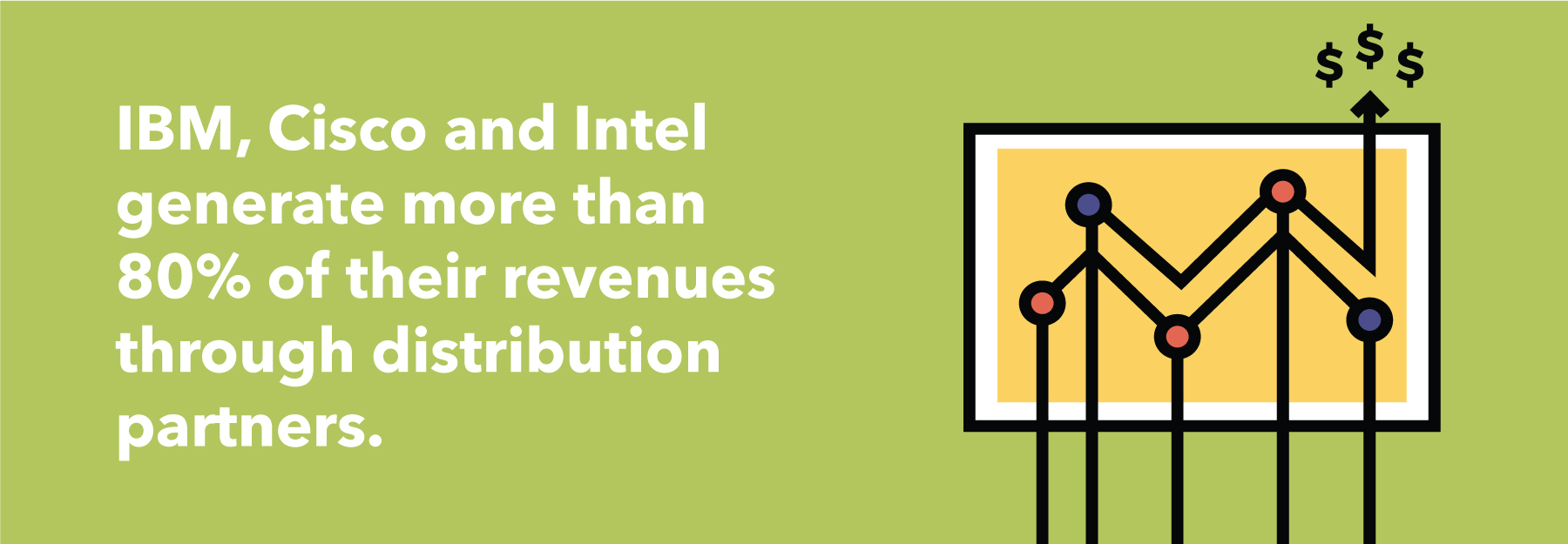SaaS companies are naturally well-positioned for global expansion. With the increasing acceptance of cloud software across the world, product/market fit has become geographically agnostic, and international adoption can often happen very quickly.
However, while the opportunities are promising, scaling internationally can also be a very complex endeavour. Successful expansion requires careful strategic planning, savvy localization and the investment in the tools and resources needed to reach and convert new customers.
In this article, I’ll explore five of the most important elements to consider when growing your business globally.

When it comes to international expansion, SaaS companies have one major advantage over traditional companies: their existing customer data.
One of the largest challenges traditional companies face when looking to scale globally is simply figuring out where to start. Choosing the right geographies, identifying ideal customer personas and designing the optimal go-to-market strategy all involve a great deal of uncertainty. For companies that are only used to selling domestically, this can be a time-consuming and laborious process, requiring extensive market research and analysis.
In contrast, many SaaS companies already derive a certain percentage of revenues from overseas customers. This is often true even when no deliberate international marketing has been done. In addition, companies that have strong inbound marketing programs will also have a lot of international website visitors or newsletter subscribers.
By leveraging this existing customer and lead data, SaaS companies can identify promising opportunities for expansion, without the expense or guesswork of formal market research. In fact, you might even want to directly involve these early adopters in your growth plans. Talk to them to find out what they like about your software, or recruit them as product ambassadors. This will give you a very powerful advantage when expanding into their markets.
Global expansion is a long-term commitment, and pure opportunism just won’t cut it. In order to confidently stay the course, you will need to design a coherent strategic framework for growth.
At a basic level, this can be broken down into two steps. First, you need to decide which countries you want to target. Apart from listening to your customers, it’s also a good idea to have a set of basic criteria to filter out riskier markets.
Chartmogul suggests starting with countries that meet the following requirements:
To that, I would add one more important factor: median household income. Fundamentally, software, especially in the B2B space, is often a replacement for human labor. So, the higher the cost of labor in a market, the higher the perceived value of software solutions. In other words, high wages simply make it easier for you to sell your software at a reasonable profit.
Once you have selected your target markets, the second step is to analyze them for unique local opportunities and challenges. Some of the most important factors to evaluate are:
Taking the time to think through these key strategic issues beforehand will help you maximize global growth outcomes while minimizing risk.
[pardot-form width="100%" height="190" id="10816" title="Blog Form (Single field): B2B Saas Pricing Guide"]
In order to be a truly global company, you cannot simply offer one generic solution to every single market you serve. Customers trust online companies much more when their offerings have been tailored to local needs. For maximum effectiveness, this localization must include both your product and the way it is presented.
Product localization means adapting the design of your software to fit local practices, or even creating an entirely new variation on your original product. An excellent example of this was Twitter’s go-to-market strategy in Japan. First, they initiated a joint venture with local marketing partner Digital Garage. Then, working with Digital Garage, they designed an entirely new service targeted at the Japanese market. This service was so successful and distinct from its U.S. counterpart that it was able to begin charging for premium services in 2010, years before anything of the kind was offered in the U.S.
In addition to adapting your product, you should also localize the supplementary elements of your offering. For starters, you will definitely want to have a website designed for the local market, which allows users to view it in their preferred language. It’s also important to present your pricing in local currency and offer a variety of popular local payment options.
Implementing all these elements will help your company establish credibility in the eyes of local customers.
Localization doesn’t stop at your offering. To serve international markets as effectively as possible, you have to ensure that your marketing, analytics and support systems are localized as well.
This means you need to do more than just translate content and check out pages to different languages. For the best results, you need create new social accounts and content that is tailored to each market. When planning educational or promotional events for B2C offerings, be mindful of local holidays.
In addition, you should ensure that your existing analytics stack can provide you with in-depth, country-specific data. This is where a comprehensive revenue stack can be really useful. With an end-to-end system for tracking customer behavior and sales data, you can accurately evaluate how your marketing initiatives are performing in each region and derive insights that can be applied to other markets. This can serve as a powerful multiplier effect, increasing your effectiveness as you expand to more countries.
Lastly, don’t neglect customer support. Online customers generally are more reluctant to trust foreign companies. But having strong localized customer support can go a long way to building that trust. Ensure that you can handle customer support enquiries in the local language.
Approaching a new market can be greatly helped by using expert partners with local knowledge. They can use their expertise to convert more customers and onboard them successfully by tailoring your solution to their specific needs. This means you can realize traction much more quickly and with a higher likelihood for success than if you were launching on your own.
This approach is more common than you might think. IBM, Cisco and Intel generate more than 80% of their revenues through distribution partners. The keys lies in being able to recruit, empower and retain a dedicated network of partners to promote your solution.
This is another area where a revenue stack can help. Revenue stacks can onboard partners, process customer payments and payout partners correctly and on time.

Taking your SaaS business global can offer opportunities that are unavailable in your domestic market. By committing to a well-planned, sustainable strategy, international expansion can act as a major catalyst for your company’s growth.
[pardot-form width="100%" height="280" id="10814" title="Blog Form: B2B Saas Pricing Guide"]